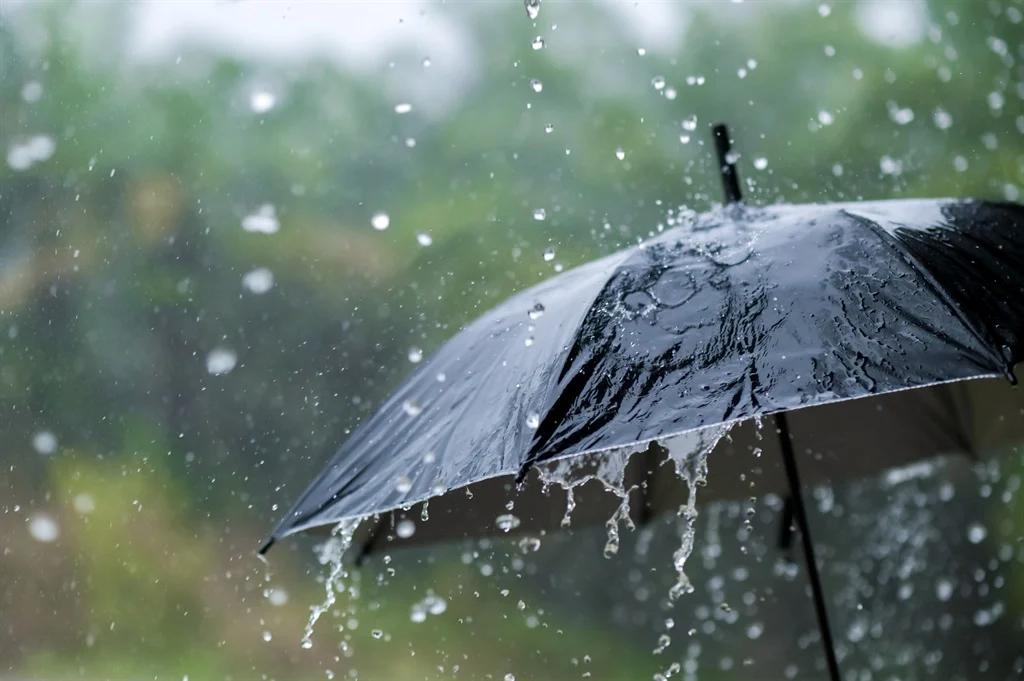Relentless rains across Zimbabwe have wreaked havoc since September of last year, with over 15 confirmed deaths and 785 households affected. The widespread destruction has brought significant challenges to communities, leaving them grappling with damaged infrastructure and growing safety concerns. The devastation, which continues to unfold, has raised alarms in several regions, particularly in the Midlands, Manicaland, Masvingo, and Matabeleland North provinces.
The Midlands Province has borne the heaviest brunt of the destruction, with 433 households directly impacted by the storms. In Zvishavane, Muponjane Primary School was severely damaged on January 11. The powerful storm caused substantial harm to the school’s infrastructure, worsening an already dire shortage of classrooms. The estimated cost of repairs for the school stands at US$8,120, further burdening the community that is already dealing with the aftermath of the storm.
Schools and health facilities across the country have not been spared, with 118 schools and 13 health facilities reported to have been damaged. This damage has disrupted education for thousands of students and has severely hampered access to healthcare. These impacts are particularly concerning as the country faces an ongoing public health crisis.
The heavy rains have also exacerbated the dangers faced by artisanal miners. In Mberengwa, two miners tragically lost their lives last Thursday in a similar incident. This incident has sparked growing concern over the safety of miners during the rainy season, when the risk of shaft collapses and other hazards increases dramatically. Authorities have now recommended the closure of high-risk mining areas, including the Chikomba mining site, to prevent further fatalities.
In Hwedza, three miners were killed on December 27 when a shaft collapsed. Their bodies were retrieved a week later, adding to the list of fatalities in the mining sector. A similar disaster occurred in Makaha, Mudzi district, where three miners were trapped underground 14 days ago. One miner managed to escape, and rescue operations are ongoing in a desperate bid to save the others.
Urban centers have not been spared from the destruction. On January 8, flash floods inundated parts of Mbare in Harare, including homes located near the new Mbare Traders’ temporary market. The floods were exacerbated by poor drainage systems in the area, making the residents even more vulnerable. These flash floods are a reminder of the severe urban planning challenges faced by many cities in Zimbabwe, where infrastructure remains inadequate to handle the increasingly frequent extreme weather events.
Relief efforts are underway, but the situation remains dire as more rain is expected in the coming days. In Mashonaland Central, the storm that hit Avonda Farm along the Bindura-Harare highway on January 7 caused severe damage, ripping roofs off 11 households. In response, the Department of Civil Protection has provided food aid, including rice, tinned beef, and sanitizers, to affected families. However, as the number of displaced people grows, the resources available for relief efforts are increasingly stretched.
The government has urged communities to remain vigilant and prioritize safety in the face of worsening conditions. One official warned that continued rainfall could exacerbate the damage already done, with flooding, landslides, and infrastructure collapses continuing to threaten communities.
As Zimbabwe faces the wrath of this unprecedented rainy season, the immediate challenge is twofold: managing rescue operations and providing support to those affected. However, the longer-term challenge will be rebuilding the infrastructure that has been destroyed and ensuring that communities are better prepared for future natural disasters.
The rains have exposed the vulnerability of Zimbabwe’s infrastructure and its citizens. In a country already battling economic hardships, the damage to homes, schools, and businesses is a blow to the resilience of affected communities. While relief efforts are ongoing, the road to recovery will be long, and the need for improved infrastructure and disaster preparedness has never been more apparent. In the meantime, Zimbabweans are urged to remain cautious as the rains persist, with hopes for a swift recovery hinging on coordinated relief efforts and the resilience of its people.
In other news – Moira Knight responds to Platinum Prince’s claims about Seh Calaz’s health
Moira Knight, the former wife of popular Zimdancehall artist Seh Calaz, has strongly refuted recent claims made by fellow musician Platinum Prince, who accused her of being the source of Seh Calaz’s illness. In a statement posted on her social media on Wednesday, Moira Knight addressed the accusations made by Platinum Prince in response to Seh Calaz’s latest song, *Mambo ndiMambo*. Platinum Prince had suggested that Moira Knight was responsible for infecting Seh Calaz with HIV, a claim that has sparked heated discussions among fans and on social media.
Moira Knight, who has been vocal about her personal life in the past, did not hesitate to defend herself against the allegations. Read More
